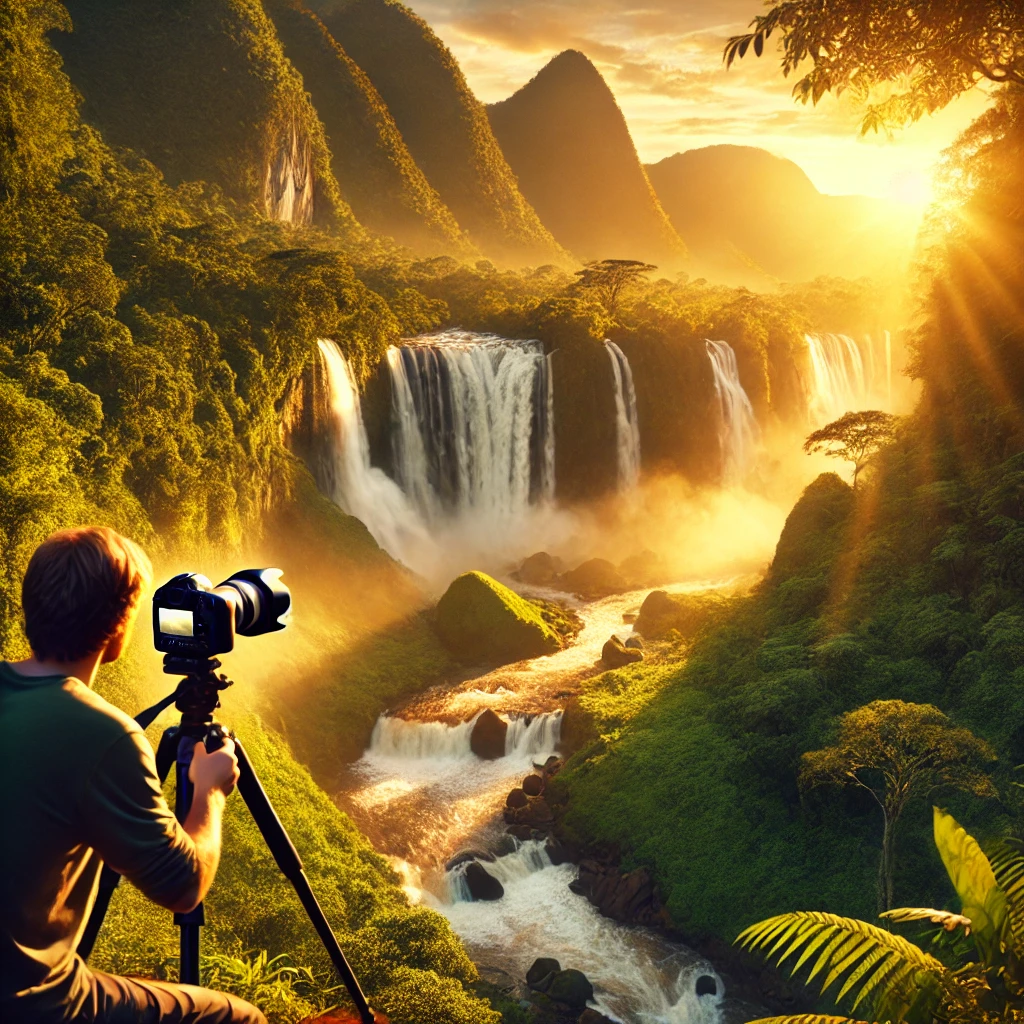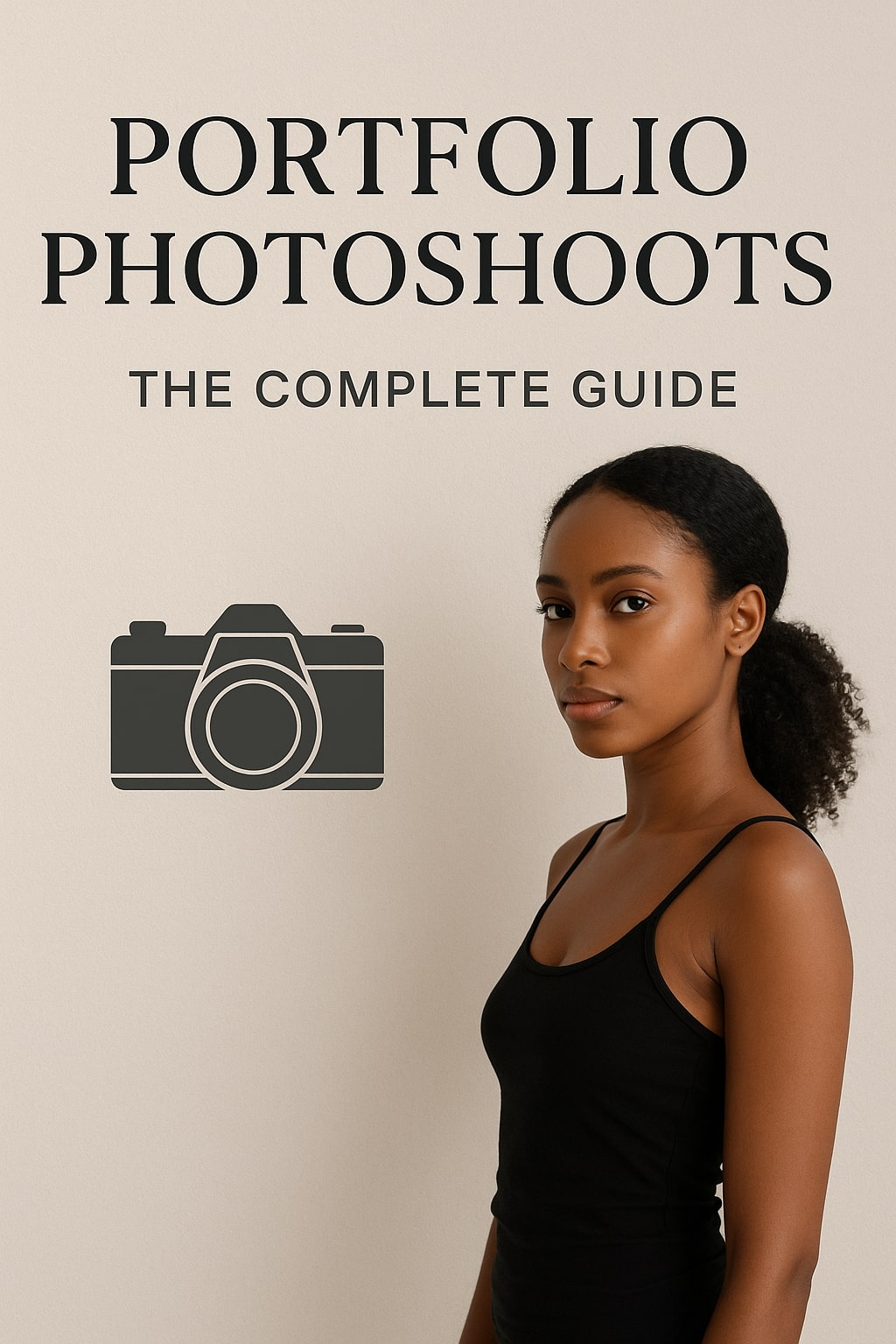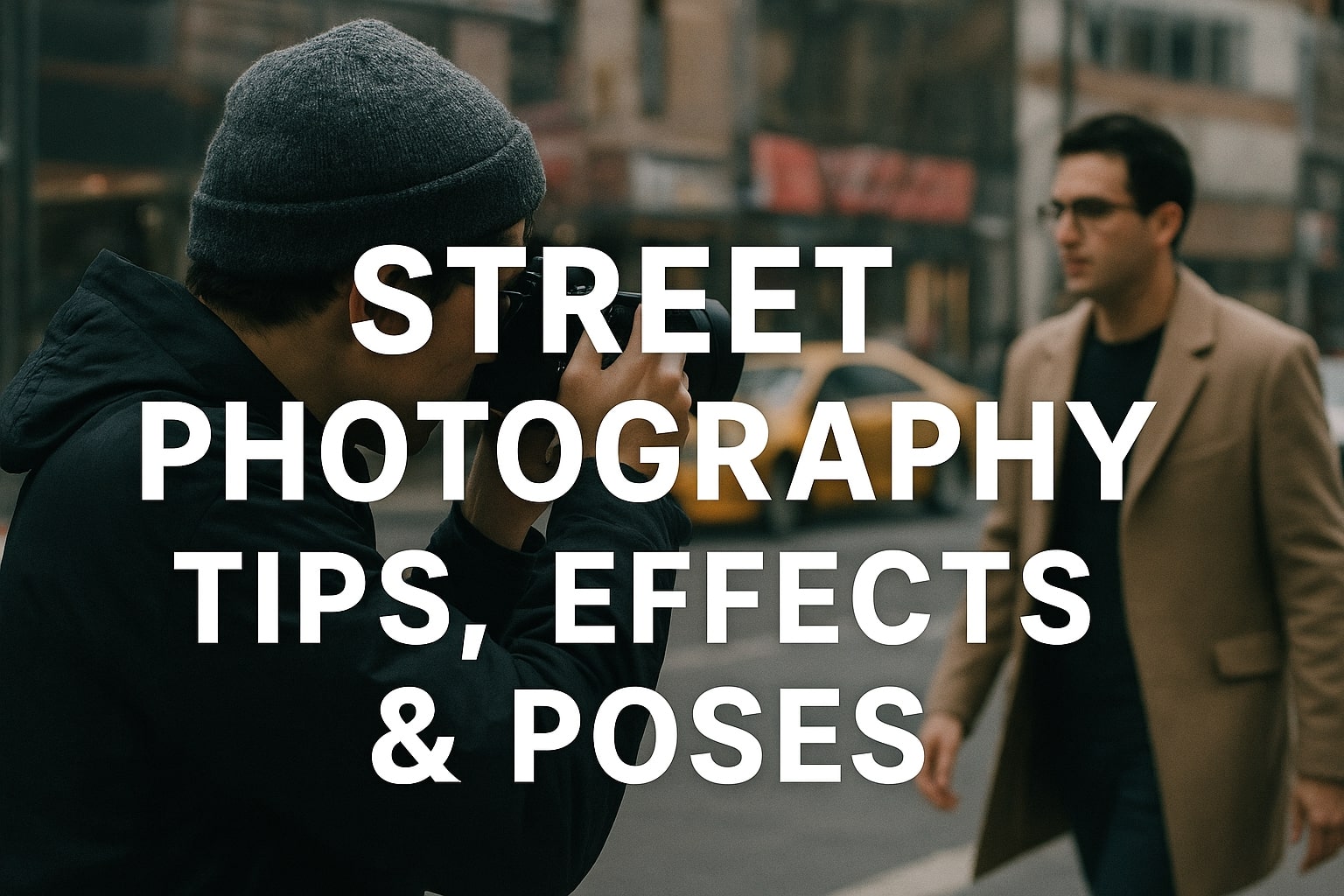The Magic of Waterfall Photography
Waterfalls are among nature’s most captivating subjects, offering dynamic movement, ethereal beauty, and a sense of tranquility. Whether you’re capturing the sheer power of a roaring waterfall or the silky smoothness of a gentle cascade, mastering waterfall photography requires the right combination of technique, gear, and creativity. In this comprehensive guide, we’ll explore everything you need to know about how to capture stunning waterfalls, including camera settings, composition, gear recommendations, and advanced tips to elevate your photography skills.
1. Essential Camera Gear for Waterfall Photography
To achieve the best waterfall shots, investing in the right gear is crucial.
1.1 Camera Body: Choosing the Best One
A DSLR or mirrorless camera with manual settings is ideal. Look for cameras with high dynamic range and weather resistance, such as:
- Canon EOS R5 – Excellent dynamic range and resolution.
- Nikon Z7 II – Great color depth and weather sealing.
- Sony A7R IV – High megapixels for superior details.
1.2 Best Lenses for Waterfall Photography
A versatile lens allows for various compositions:
- Wide-angle lens (14-24mm) – Captures expansive landscapes and foreground elements.
- Standard zoom lens (24-70mm) – Perfect for mid-range shots and versatility.
- Telephoto lens (70-200mm) – Ideal for isolating details in waterfalls.
1.3 Tripod: A Must-Have for Long Exposures
A sturdy tripod is essential for sharp, blur-free images. Look for models like:
- Manfrotto 190XPro4 – Lightweight yet stable.
- Gitzo Series 3 Mountaineer – High durability for extreme conditions.
1.4 Filters for Enhancing Waterfall Photos
Filters help balance exposure and reduce glare:
- Neutral Density (ND) Filters – Slows down the shutter speed for silky smooth water.
- Polarizing Filters – Reduces reflections and enhances colors.
2. Best Camera Settings for Waterfall Photography
Understanding your camera settings is key to achieving the perfect shot.
2.1 Shutter Speed: Controlling Motion
- Fast shutter speed (1/500s – 1/1000s): Freezes water motion for dramatic effects.
- Slow shutter speed (1/4s – 10s): Creates a dreamy, silky effect in flowing water.
2.2 Aperture: Depth of Field Considerations
- Use f/8 – f/16 to keep the entire scene sharp and in focus.
- For subject isolation, use a lower aperture like f/2.8 – f/4.
2.3 ISO: Keeping Noise Under Control
- Use the lowest ISO possible (ISO 100-200) to avoid grainy images.
- Increase ISO slightly in low-light conditions, but compensate with a tripod.
2.4 White Balance: Adjusting for Natural Tones
- Use Daylight (5500K) for accurate colors.
- Experiment with Cloudy or Shade settings for warmer tones.

3. Composition Techniques for Stunning Waterfall Shots
Strong composition makes a waterfall photo stand out.
3.1 The Rule of Thirds
Place the waterfall off-center for a balanced, aesthetically pleasing image.
3.2 Leading Lines
Use natural elements like rocks, streams, or tree branches to guide the viewer’s eye toward the waterfall.
3.3 Foreground Interest
Include rocks, flowers, or fallen leaves in the foreground for added depth.
3.4 Frame Within a Frame
Use overhanging branches, caves, or rock formations to frame the waterfall naturally.
4. Best Time and Weather Conditions for Waterfall Photography
The right lighting and weather can transform your shot.
4.1 Golden Hour vs. Overcast Skies
- Golden hour (early morning or late evening) provides warm, directional light.
- Overcast days offer soft, even lighting, reducing harsh shadows.
4.2 Seasonal Considerations
- Spring and Monsoon: Increased water flow for dramatic cascades.
- Autumn: Vibrant foliage adds a splash of color.
- Winter: Icy formations create unique compositions.
5. Advanced Techniques for Capturing Waterfalls
5.1 Long Exposure Photography
Use an ND filter to extend exposure times and create silky smooth water motion.
5.2 HDR Photography
Bracket multiple exposures and merge them in post-processing to capture details in both highlights and shadows.
5.3 Panorama Stitching
Capture multiple images and stitch them together for ultra-wide compositions.
6. Post-Processing Waterfall Photography
Editing can enhance colors, contrast, and sharpness.
6.1 Lightroom Adjustments
- Increase clarity and texture for crisp details.
- Adjust white balance for natural tones.
6.2 Photoshop Touch-Ups
- Use the dodge and burn tool to enhance light and shadows.
- Remove distractions with the healing brush.
7. Ethical and Safety Considerations in Waterfall Photography
7.1 Leave No Trace
- Stay on designated paths to preserve nature.
- Avoid disturbing wildlife and ecosystems.
7.2 Personal Safety
- Be cautious of slippery rocks and strong currents.
- Wear waterproof gear to protect equipment.
Conclusion: Mastering to Capture Stunning Waterfalls
Capturing stunning waterfalls requires patience, technique, and the right equipment. By understanding camera settings, composition techniques, and post-processing, you can create breathtaking images that showcase the beauty of nature.
Whether you’re a beginner or an experienced photographer, applying these tips will help you capture stunning waterfalls with confidence and creativity.

Professional Model & Portfolio Photoshoots: Show Your Best Work

Street Photography Tips, Effects & Poses – Complete Guide
-

Leica Q2 for Photography: Why It’s Loved by Photographers
-

Top Cameras Under ₹1 Lakh for Freelance Photography
Professional Model & Portfolio Photoshoots: Show Your Best Work
” Discover how to plan, style, and execute stunning portfolio photoshoots that showcase your skills, personality, and versatility. This comprehensive guide covers professional tips, posing ideas, gear suggestions, and industry insights for models and photographers.” Introduction – Why Portfolio Photoshoots Are the Cornerstone of a Photographer’s Career A well-crafted portfolio photoshoot is more than a…
Street Photography Tips, Effects & Poses – Complete Guide
Discover the ultimate guide to Street Photography with expert tips, creative effects, and dynamic poses. Learn how to capture authentic urban moments, master composition, and tell powerful visual stories through your lens. Article Outline 1. Introduction to Street Photography Street Photography is more than just taking pictures of people in public spaces — it’s about…
Leica Q2 for Photography: Why It’s Loved by Photographers
Introduction: The Cult Status of the Leica Q2 The Leica Q2 is not just a camera—it’s a statement. Combining the heritage of German precision engineering with modern digital excellence, it holds a special place in the hearts of professional and passionate photographers alike. With its full-frame sensor, prime Summilux lens, and minimalist design, the Q2…
Top Cameras Under ₹1 Lakh for Freelance Photography
Freelance photography is no longer a niche—it’s a booming creative profession that demands not only vision and hustle but also the right gear. Your camera isn’t just a tool; it’s your storytelling partner. If you’re a freelance photographer aiming to balance performance, versatility, and budget, investing in a cameras under ₹1 lakh can offer the…
Top Features of Nikon D850 That Make It Ideal for Photoshoots
Explore the top features of the Nikon D850 that make it a powerhouse for photoshoots. From exceptional resolution to dynamic range, this detailed Nikon D850 guide is built for professional and aspiring photographers. 1. Introduction When Nikon launched the D850, it quickly earned a reputation as a flagship DSLR that redefined what photographers could expect…
Panasonic S5 II Review: Powerhouse for On-the-Go Shoots
Discover why the Panasonic S5 II is the ultimate hybrid camera for photographers and videographers on the move. This detailed Panasonic S5 II Review explores its performance, features, and value for creative professionals. Table of Contents ( Panasonic S5 II Review ) 1. Introduction In a rapidly evolving mirrorless camera landscape, creators seek devices that…

